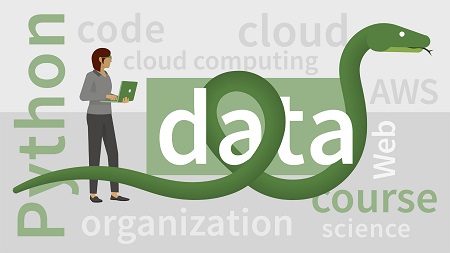
English | MP4 | AVC 1280×720 | AAC 44KHz 2ch | 0h 35m | 95 MB
Text is a rich source of insights for businesses. Websites, social media, emails, and chats all contain valuable customer data. But to reap the rewards, you need to be able to analyze large amounts of unstructured text. Text mining is an essential skill for anyone working in big data and data science. This course teaches text-mining techniques to extract, cleanse, and process text using Python and the scikit-learn and nltk libraries. Kumaran Ponnambalam explains how to perform text analytics using popular techniques like word cloud and sentiment analysis. He then shows how to make predictions with text data using clustering, classification, and recommendations—otherwise known as predictive text. Along the way, he introduces important text analytics concepts such as lemmatization and n-grams.
Topics include:
- Generating a word cloud
- Determining the sentiments of customers
- K-means clustering of text
- Predicting the classification of text documents
- Predictive text
Table of Contents
Introduction
1 The need for text mining skills in data science
2 Introduction to text analytics
3 Course prerequisites
4 Using Jupyter Notebook
Word Cloud
5 Word Cloud concepts
6 Preparing data for a word cloud
7 Displaying the word cloud
8 Enhancing the word cloud
Sentiment Analysis
9 Purpose
10 Preparing data for sentiment analysis
11 Finding sentiments
12 Summarization and display
Clustering
13 Purpose
14 Preparing data for clustering
15 k-means clustering
16 k-means optimization
Classification
17 Purpose
18 Preparing data for classification
19 Naive Bayes classification
20 Predictions for text
Collaborative Filtering
21 Predictive text concepts
22 Preparing data for predictive text
23 Building n-grams database
24 Recommending next word
Conclusion
25 Next steps
Resolve the captcha to access the links!